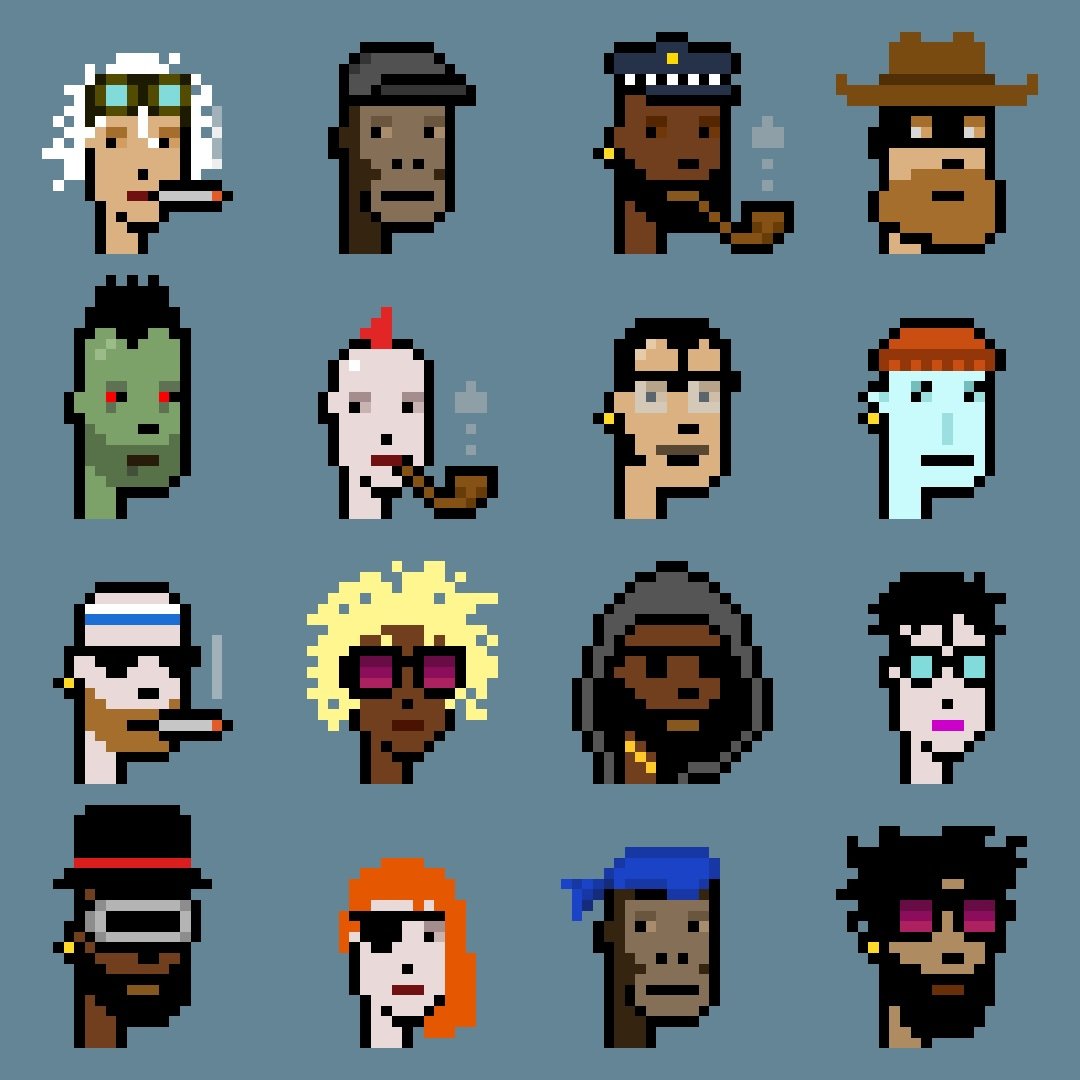Why the CryptoPunks Sale Matters for Digital Artists
This week, something big happened in the digital art world: the intellectual property behind CryptoPunks, which is arguably the most iconic NFT project ever, has officially changed hands. And not just to anyone; but to The Infinite Node Foundation, a nonprofit committed to preserving digital art for the long haul.
That means CryptoPunks just got their forever home.
Reports say the IP sold for around $20 million. But more important than the price tag is what this means for the future of digital art — and for digital artists like you.
A Museum-Grade Home for a Digital Icon
Infinite Node Foundation (NODE) isn’t here to flip Punks or pump prices. It was created by Micky Malka and Becky Kleiner with a $25 million grant, designed to act as a long-term endowment for digital art preservation. Think of NODE like a digital MoMA with a mission to keep artworks relevant and accessible years from now.
NODE plans to debut a major curated exhibition of the full CryptoPunks collection and open its own permanent exhibition space in Palo Alto. The space will run a live Ethereum node to underscore their commitment to decentralized infrastructure. It’s symbolic and practical: NODE is planting roots in both the art world and the blockchain world.
This Isn't Just About Punks. It's About All of Us.
CryptoPunks were never just pixelated faces. They were an early experiment in combining code, culture, and community. Their impact paved the way for digital artists to sell, distribute, and preserve work in ways we hadn’t imagined before.
With this acquisition, NODE is preserving a turning point in art history, highlighting the significance of the collection.
As a digital artist, this should be a wake-up call: what you create today might be studied by art historians in 2075. We’re not just making art for timelines and marketplaces; we’re contributing to a living, evolving archive of cultural history.
Preservation Is the New Hype
We talk a lot about “hype” in digital art, but what’s even more powerful is permanence. This moment signals a shift in priorities: a shift from minting and selling to conserving and contextualizing.
NODE is working with museums and institutions to make sure digital art doesn’t disappear as platforms change or formats become obsolete. That’s a huge deal. Too many early internet artworks have already been lost because the tech became outdated. Now there’s an organization investing in infrastructure to make sure that doesn’t happen again.
What This Means for You
As an emerging digital artist, you don’t need to be a CryptoPunk to take something from this. Here are a few key takeaways:
Think long-term: How can your work be preserved? Document your process. Archive your files. Think about how future generations might access your art.
Value context: Storytelling and meaning matter. When NODE presents the Punks in a museum context, they’re saying these works are more than assets — they’re cultural artifacts. So are yours.
Community matters: NODE brought together founders from Larva Labs, Art Blocks, and Yuga Labs. Digital art is strongest when we collaborate.
Stewardship is a path: Not every artist wants to run a nonprofit, but we can all act as caretakers of our own work and of the culture we’re building together.
A Market Move or A Cultural Milestone
We believe the latter! This is a huge step forward for digital art as a legitimate, lasting cultural force. We’re entering an era where digital artists aren’t just creators; we’re cultural contributors whose work deserves the same respect, care, and permanence as any painting or sculpture.
So keep making. Keep building. But also start thinking like a historian. Because one day, someone might be writing their thesis on your art.
















